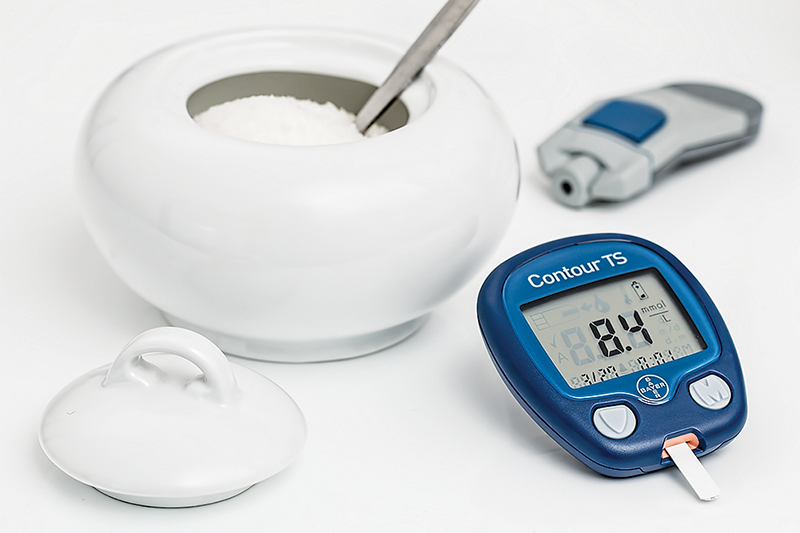Diabetes Series, part 2 of 2
With the prevalence of Diabetes Mellitus (DM) at an all-time high, it is essential to get the latest information that modern medicine has to offer. Researchers in DM continuously release new guidelines that focus on better health outcomes and increasing the quality of life for patients living with this disease.
In the most recent guidelines released by the American Diabetic Association (ADA), an emphasis has been placed on early DM screening and A1C testing. Classic signs and symptoms of DM are often undetected because patients may not experience them or may not notice them at first. The sooner we diagnose DM, the sooner treatment can be started, minimizing the burden and the potential damage that DM can cause.
Getting to Know Your A1C
The first step in beating DM is knowing your number. A1C percent is the average blood sugar level of your body for the past three months. Your A1C can paint a better picture of how well controlled your blood sugar levels are, allowing providers to use it as the primary test for diabetic management and research.
As a person with diabetes, you should aim to keep your A1C under seven percent, according to the ADA. A high A1C shows poor diabetic control and may lead to other complications.
The consequences of a poorly controlled A1C
If the A1C is left uncontrolled for too long, many complications can threaten your quality of life. DM damages the blood vessels of the body through a hardening process called atherosclerosis.
When these vessels harden, the blood supply of the body is significantly decreased and can lead to severe complications. There are disease states that commonly affect diabetic patients, caused by extensive damage to either the smaller or larger blood vessels of the body.
Common complications that develop from years of damage to the smaller blood vessels can lead to blindness, foot pain and a decrease in kidney function. In males, damage to those same blood vessels can cause erectile dysfunction.
Damage to the larger vessels of the body is potentially more debilitating and life-threatening. This can lead to more serious complications such as a heart attack, stroke or foot amputation.
A light at the end of the tunnel
Although the previous information may seem very frightening, there is still hope. Through DM studies, researchers have found that patients with an early diagnosis of DM have lived longer and with fewer complications.
Early testing and FREE Diabetes Mellitus classes have been made readily available for all patients at a Community Health Center near you.
Class schedule
- Every second Wednesday of the month at Johnnie Ruth Clarke Community Health Center of Pinellas County from 10-12 p.m.
- Every third Wednesday of the month at Johnnie Ruth Clarke Community Health Center of Pinellas County from 5-7 p.m.
- Every second Tuesday of the month at Tarpon Springs Community Health Center of Pinellas County from 10-12 p.m.
These classes are free and are a great source of education for any person that’s interested in knowing more information about DM. Through the efforts of Community Health Centers and other organizations across the world, hopefully, one day we can live in a world free of the pain and damage that is caused by Diabetes Mellitus.
Florida A&M University College of Pharmacy and Pharmaceutical Sciences








